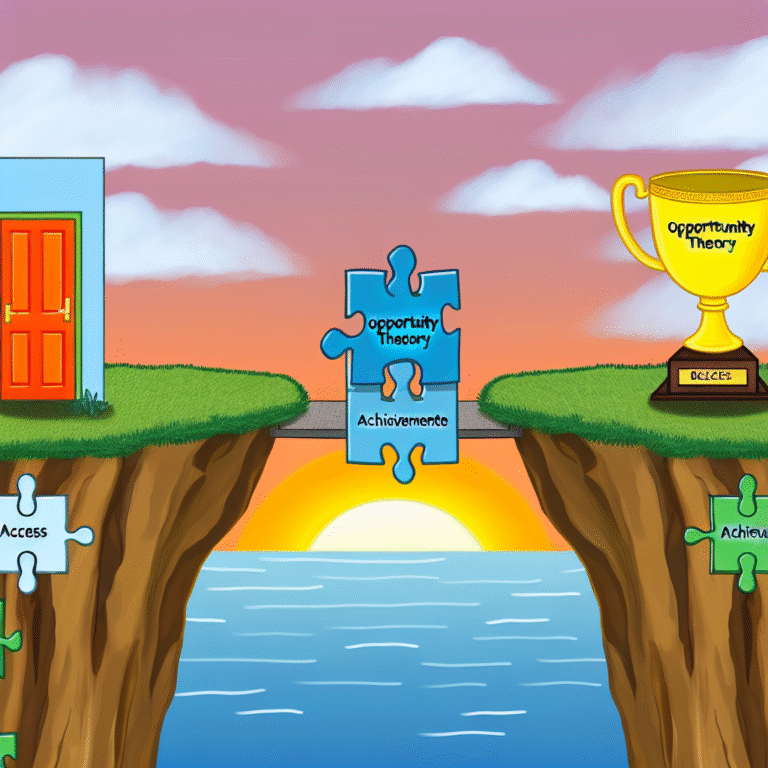
Introduction
Imagine a world teeming with life, vibrant with human emotion, yet shadowed by the specter of crime. Every city has its hidden corners, its forgotten alleys where the mundane meets the sinister. This is the essence of "The Killer’s Playground: Environments That Foster Serial Crime." Delving into the settings that cultivate serial offenses unravels a complex tapestry of psychology, geography, and society. Understanding these environments can not only shed light on the minds of offenders but could lead to more effective prevention and intervention strategies.
In this exploration, we will navigate through various environments—from urban jungles to rural backroads—understanding how they create fertile grounds for serialized criminal behavior. Through real-world case studies, impactful statistics, and compelling narratives, we will uncover what makes certain places a playground for killers.
Understanding Serial Crime: A Brief Overview
Defining Serial Crime
Serial crime is not just a label; it’s a psychological phenomenon. The FBI defines a serial killer as someone who commits two or more murders, with the murders occurring over a span of time and with a cooling-off period in between. These offenders often exhibit distinct psychological traits which are influenced greatly by their surroundings.
The Psychology of a Serial Killer
Research suggests that many serial killers are products of their environment. Factors such as childhood trauma, socioeconomic status, and even peer influences can play a decisive role in their development.
The Environment Matters
The relationship between the physical and social environment and criminal behavior cannot be overstated. Certain environmental features—be it geography, availability of victims, or low police visibility—can greatly impact the likelihood of serial crimes occurring.
The Urban Jungle: Cities as Hotbeds for Crime
A Landscape of Opportunity
Urban areas often feature a complex tapestry of anonymity and opportunity. The density of populations means more potential victims, while the anonymity can embolden offenders.
Case Study: The Zodiac Killer
One of the most infamous serial killers, the Zodiac Killer, operated in the San Francisco Bay Area in the late 1960s. His use of cryptic messages and public taunting kept law enforcement and the public on edge. The urban environment allowed him to move undetected, blend in with the crowd, and evade capture for decades.
Analysis: The Zodiac’s environment showcased how a populated and diverse area could provide a killer with the resources needed to operate freely.
Tables: Urban Crime Statistics
| City | Number of Reported Serial Killers | Population Density (per sq mile) | % of Violent Crime |
|---|---|---|---|
| Los Angeles | 14 | 8,484 | 9.3% |
| New York | 10 | 27,000 | 7.8% |
| Chicago | 17 | 11,841 | 14.2% |
The Rural Landscape: Quiet but Deadly
The Illusion of Safety
Rural areas often appear peaceful and safe, which can create a false sense of security for potential victims. However, the very isolation that makes these areas attractive can also provide cover for killers.
Case Study: Andrei Chikatilo
Operating in the Soviet Union, Andrei Chikatilo exploited the rural backroads to commit his heinous acts. His victims were often young boys and girls, lured away from urban settings into isolated rural areas where he could act without detection.
Analysis: Chikatilo’s crimes underline how rural environments can serve as ‘kill zones,’ where the low population density offers isolation, making detection less likely.
Geographic and Environmental Features
The Role of Geography
Geographic features such as forests, mountains, and rivers can greatly influence the dynamic of serial crimes. Dense woods can offer secluded spots for crimes to be committed and bodies to be disposed of, while rivers may serve as avenues for transporting victims.
Case Study: The Green River Killer
Gary Ridgway, infamously known as the Green River Killer, capitalized on the landscape of Washington State. By targeting women and using the treacherous river systems to dispose of bodies, he evaded authorities for nearly 20 years.
Analysis: Ridgway’s understanding of the geography around Seattle aided him in becoming one of the most prolific serial killers in U.S. history.
Environmental Degradation
Certain environmental conditions, such as abandoned buildings or rundown neighborhoods, can also foster crime. Degenerated urban environments lack communal cohesion and vigilance, allowing crime to thrive.
Social Environments: The Role of Community
Social Isolation
A lack of community ties can significantly contribute to serial crime. Areas where people do not know each other may allow offenders to blend in more seamlessly.
Case Study: Ted Bundy
Ted Bundy often targeted young women in areas where community oversight was minimal. His charm and charisma allowed him to gain the trust of his victims, often luring them into a false sense of security.
Analysis: Bundy’s ability to operate effectively within social environments devoid of strong community ties underscores the importance of social networks in crime prevention.
Economic Factors
Economic disparity often correlates with increased crime rates. Areas with high unemployment and poverty levels face social disintegration, making them breeding grounds for criminal activity.
Case Study: The Atlanta Child Murders
In the late 1970s and early 1980s, over 30 young African American children and adolescents were murdered in Atlanta, Georgia. The city’s economic struggles and racial tensions amplified fear and reduced police efficacy, allowing a perpetrator to exploit vulnerabilities.
Analysis: This tragedy highlighted how socio-economic distress can create environments where violent crime, including serial killings, flourishes.
Technology and Its Impact
The Role of Technology in Crime
Modern society has seen shifts in crime perpetration methods due to technology. Social media, GPS, and the internet have redefined how killers operate. Seducing their victims through digital platforms or utilizing mapping tools to find secluded areas exemplifies this shift.
Digital Footprints
While technology can facilitate crime, it also aids in capturing criminals. Surveillance systems and digital forensics are now integral to crime-solving.
Case Study: The Golden State Killer
Joseph DeAngelo leveraged the anonymity of the 1970s and 1980s while committing at least 13 murders across California. However, advancements in forensic genealogy using DNA evidence ultimately helped solve the cold case in 2018.
Analysis: The Golden State Killer’s downfall underscores the dynamic between technology and crime. While he exploited the environment of his time, modern tools eventually turned the tables.
Conclusion: A Call to Action
Understanding The Killer’s Playground: Environments That Foster Serial Crime is imperative not only for law enforcement but for society as a whole. By analyzing the geographical, socio-economic, and technological factors contributing to serial crime, we glean crucial insights that can inform prevention strategies.
Communities must come together, foster connections, and promote environments that deter crime. Whether through social programs, stronger community ties, or advancements in technology, we have the power to alter the landscapes that harbor killers.
FAQs
Q1: What is a serial killer?
A: A serial killer is defined as an individual who commits two or more murders, typically with a cooling-off period in between.
Q2: How does environment influence criminal behavior?
A: Environmental factors, such as geography, community structure, and socio-economic status, can significantly impact the likelihood of serial crimes occurring.
Q3: Are urban areas more dangerous than rural areas?
A: Urban areas often have higher population densities and greater anonymity, which can lead to more opportunities for crime, but rural areas can provide isolation that may also facilitate serial offenses.
Q4: What role does technology play in modern serial crime?
A: Technology aids both in the commission of crimes, through means like digital luring, and in solving them, through advancements in forensic science and surveillance.
Q5: How can communities combat serial crime?
A: Building strong community ties, engaging in proactive policing, and supporting socio-economic initiatives can help deter serial crimes in various environments.
By comprehensively understanding The Killer’s Playground: Environments That Foster Serial Crime, we can work together to create safer spaces. Let’s harness this knowledge to foster community resilience and thwart the trajectories that lead to violence.















